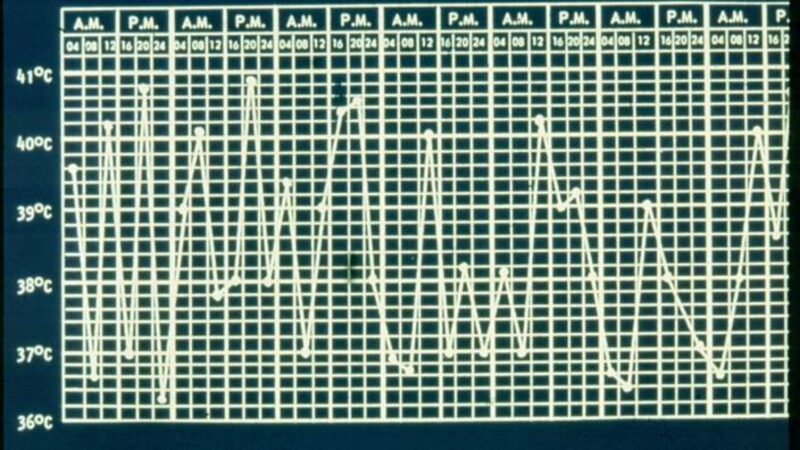An Italian study examined the outcomes in adult onset Still’s disease (AOSD) based on whether they received early or delayed treatment with anakinra (ANK).
A total of 141 AOSD patients were retrospectively studied.
Overall, they found no differences in efficacy if ANK was started within 6 (or 12 mos) vs. thereafter.
However, starting ANK earlier (< 6 or <12 months) resulted in faster reductions in erythrocyte sedimentation rate and C-reactive protein levels and faster reduction in the number of swollen joints (p = 0.01). Radar graphics show that IL-1 inhibition was more effective at more disease domains than were conventional DMARDs or other biologics.
ANK effectiveness in controlling systemic inflammation and resolving articular manifestations is more obvious when IL-1 inhibition is initiated soon after disease onset.
Related Content
-
November 9, 2020
-
May 24, 2017
Adult-onset Still disease (AOSD) is usually regarded as an autoinflammatory disease, largely because…
-
January 1, 1970
Sporadic reports of anakinra use in COVID-19 infection has hinted is potential; now a…
-
November 26, 2019
A disease you’ve never heard of is becoming increasingly common and carries a…
-
August 20, 2020
You can reduce - but not stop - canakinumab therapy in patients who…
-
May 14, 2022
Anakinra in Pediatric, Adult Still's Disease: Dr. Bella Mehta https://youtu.be/hgL71GdcYiI Recognition and Early…









